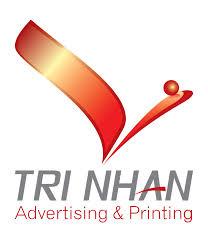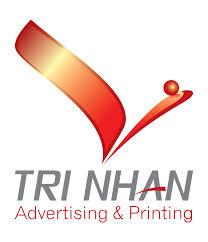Mining metallurgy systems are integral to the gold smelting process, encompassing various technologies and methodologies used to extract and refine gold from ores. These systems are designed to optimize the recovery of precious metals while minimizing environmental impact. The increasing focus on sustainable mining practices is driving the adoption of advanced metallurgy systems that enhance efficiency and reduce waste. As the demand for gold continues to rise, the development and implementation of innovative mining metallurgy systems will be critical for the industry's growth.
The gold smelting market plays a critical role in the precious metals industry, converting mined gold into refined, high-purity products suitable for investment, jewelry, and industrial applications. Smelting involves melting gold ore and separating impurities to produce pure gold bars, coins, or sheets. The market is influenced by global gold demand, technological advancements in refining, environmental regulations, and investment trends.
Market Drivers
The primary drivers of the gold smelting market include growing demand for jewelry, rising investment in gold, and industrial applications. Central banks, financial institutions, and investors continue to stockpile gold as a safe-haven asset, driving the need for high-purity products. In addition, advancements in smelting technologies, such as induction furnaces, automated systems, and environmentally friendly processes, improve yield, efficiency, and product quality.
The jewelry segment remains the largest consumer of smelted gold, particularly in regions like India, China, and the Middle East, where cultural demand is strong. Industrial applications, including electronics, dentistry, and aerospace, also contribute to market growth due to gold’s conductive and corrosion-resistant properties.
Regional Insights
Asia-Pacific dominates the gold smelting market due to significant demand from India and China, where gold is considered both a cultural symbol and an investment asset. North America and Europe maintain steady demand for gold in investment and industrial sectors. Africa and Latin America, rich in gold reserves, are not only key suppliers of raw materials but are also investing in refining and smelting infrastructure to increase local value addition.
Technological Advancements
Modern smelting processes have shifted toward automation and environmental compliance. Induction furnaces, continuous casting, and eco-friendly flux materials reduce emissions and improve safety. Automation allows for precise temperature control, optimized chemical reactions, and reduced labor costs, while online monitoring systems ensure quality consistency and traceability.
Challenges
The gold smelting market faces challenges such as environmental regulations, energy-intensive operations, and the high cost of refining equipment. Improper disposal of by-products can lead to environmental hazards, necessitating investments in sustainable practices. Fluctuations in gold prices also affect market dynamics and investment decisions, requiring careful risk management.
Future Outlook
The gold smelting market is expected to grow steadily, driven by rising demand for gold in jewelry, investments, and technology. Sustainable practices and advanced smelting technologies will become increasingly important, allowing manufacturers to balance efficiency, quality, and environmental responsibility. Expanding refining infrastructure in gold-producing countries will further enhance market competitiveness and global supply chains.
FAQs
Q1: What is the purity level achieved in gold smelting?
Gold smelting typically produces 99.9% pure gold, suitable for jewelry, investment, and industrial applications.
Q2: Is gold smelting environmentally friendly?
Modern smelting practices incorporate eco-friendly fluxes, emission controls, and waste management systems to minimize environmental impact.
Q3: Can gold smelting be automated?
Yes, automation is increasingly used in smelting processes to improve efficiency, reduce labor costs, and ensure consistent product quality.
More Related Reports:


